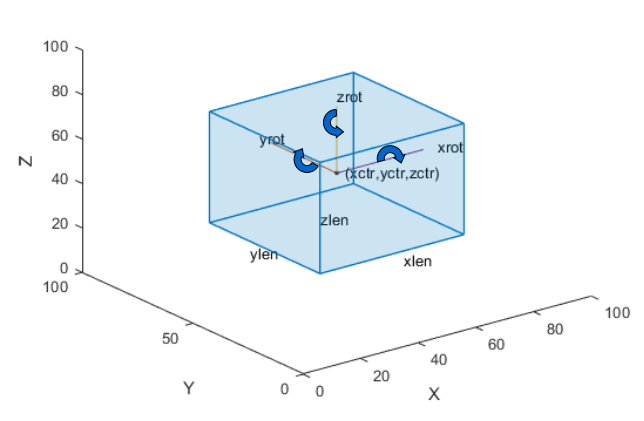bboxcrop
Crop bounding boxes
Syntax
Description
[___] = bboxcrop(___,
specifies options using one or more name-value arguments in addition to any combination of
arguments from previous syntaxes. For example, Name=Value)OverlapThreshold=1, sets
the positive overlap threshold to 1.
Examples
Input Arguments
Name-Value Arguments
Output Arguments
Version History
Introduced in R2019bSee Also
imcrop | bboxresize | bboxwarp | bboxerase


